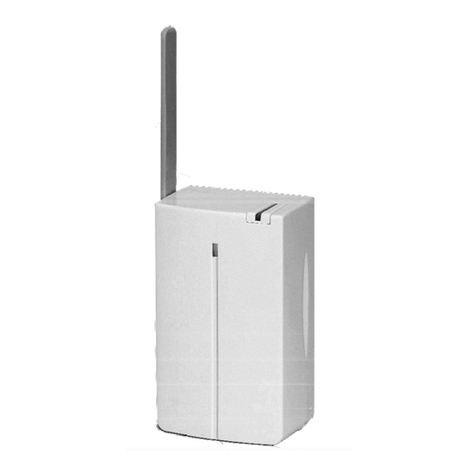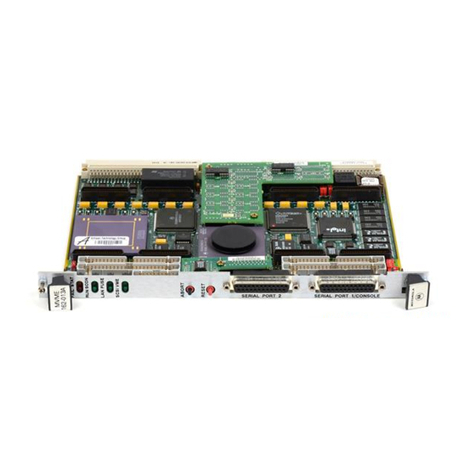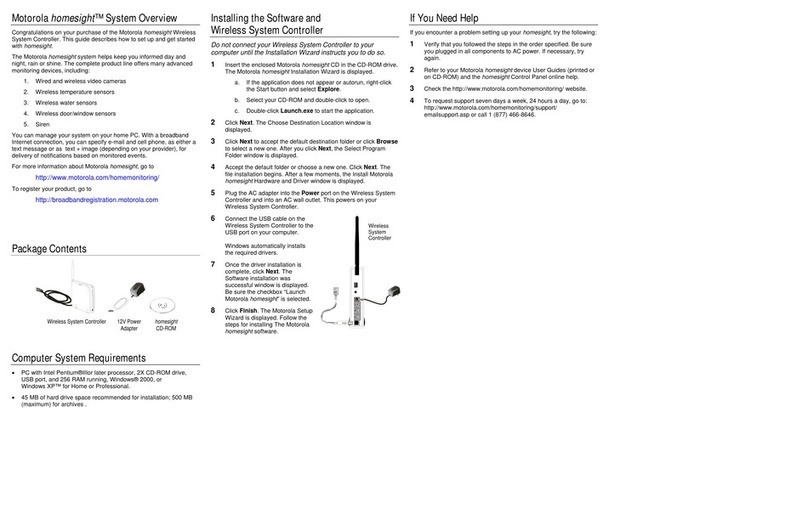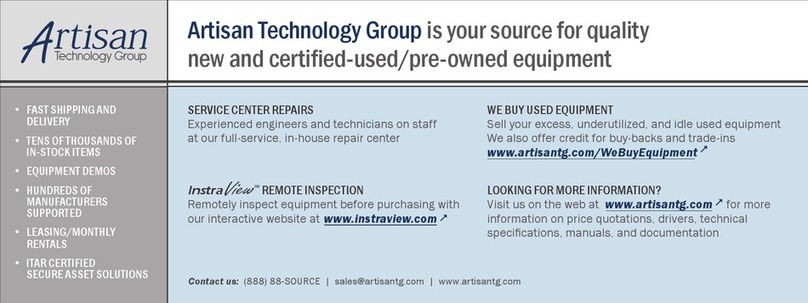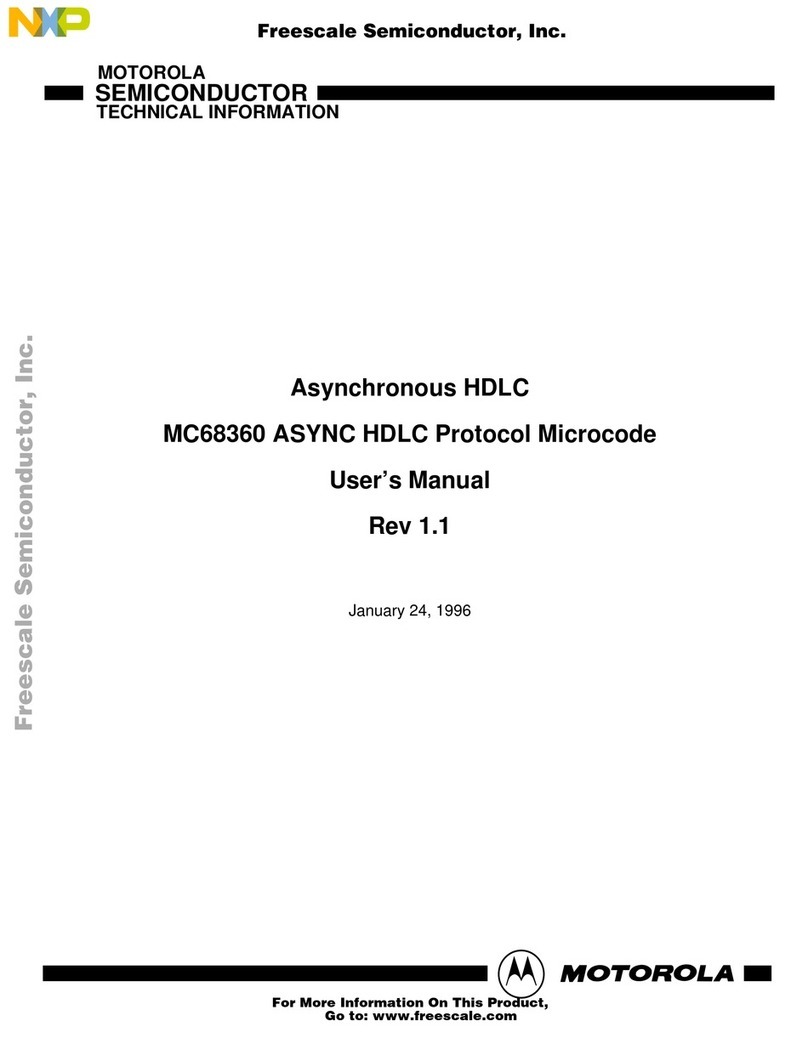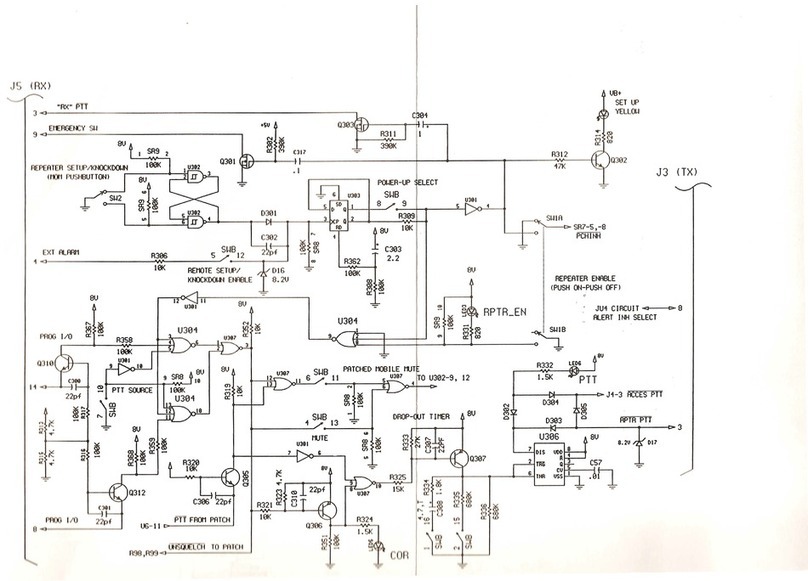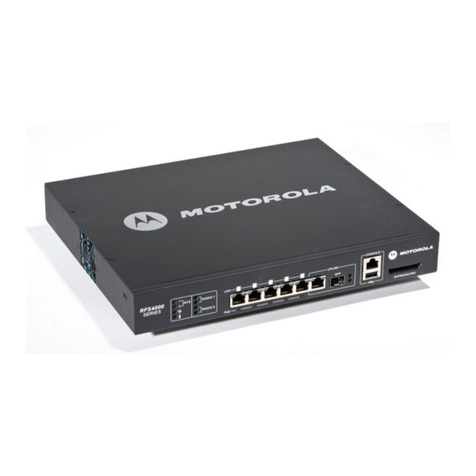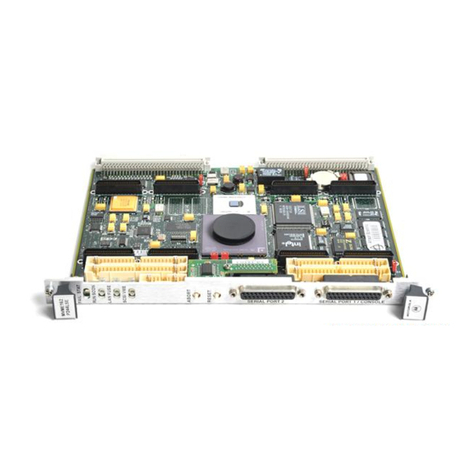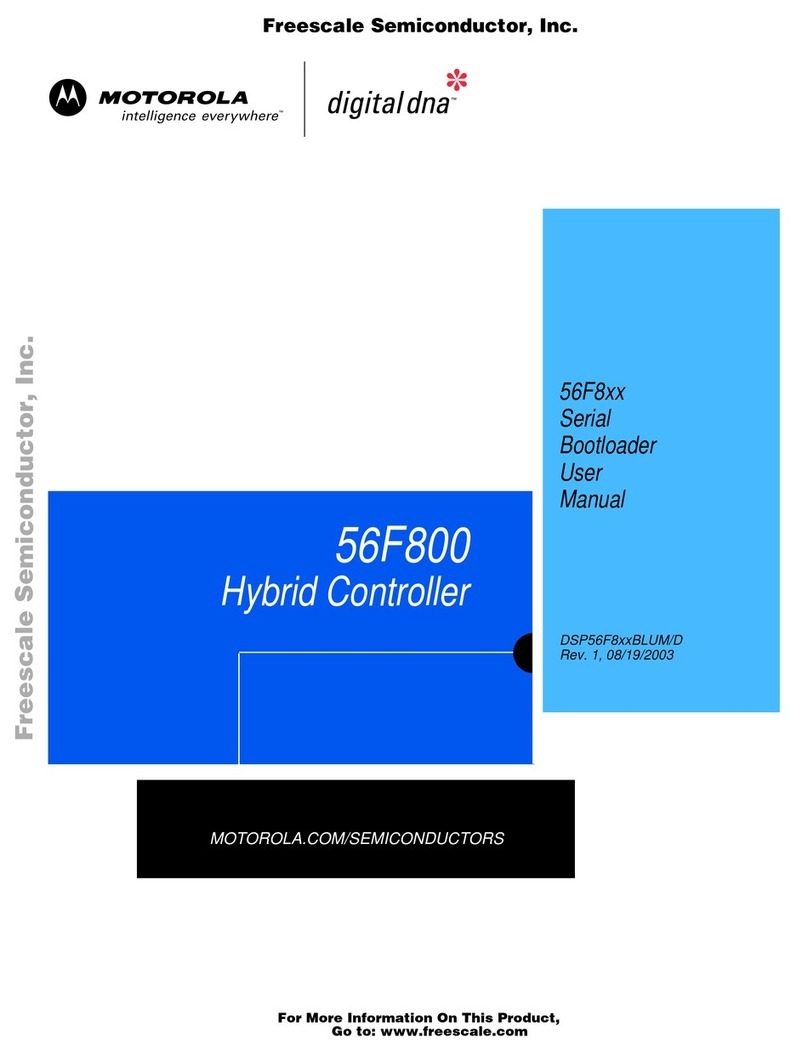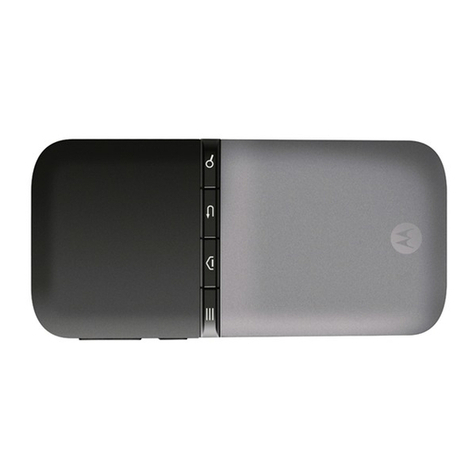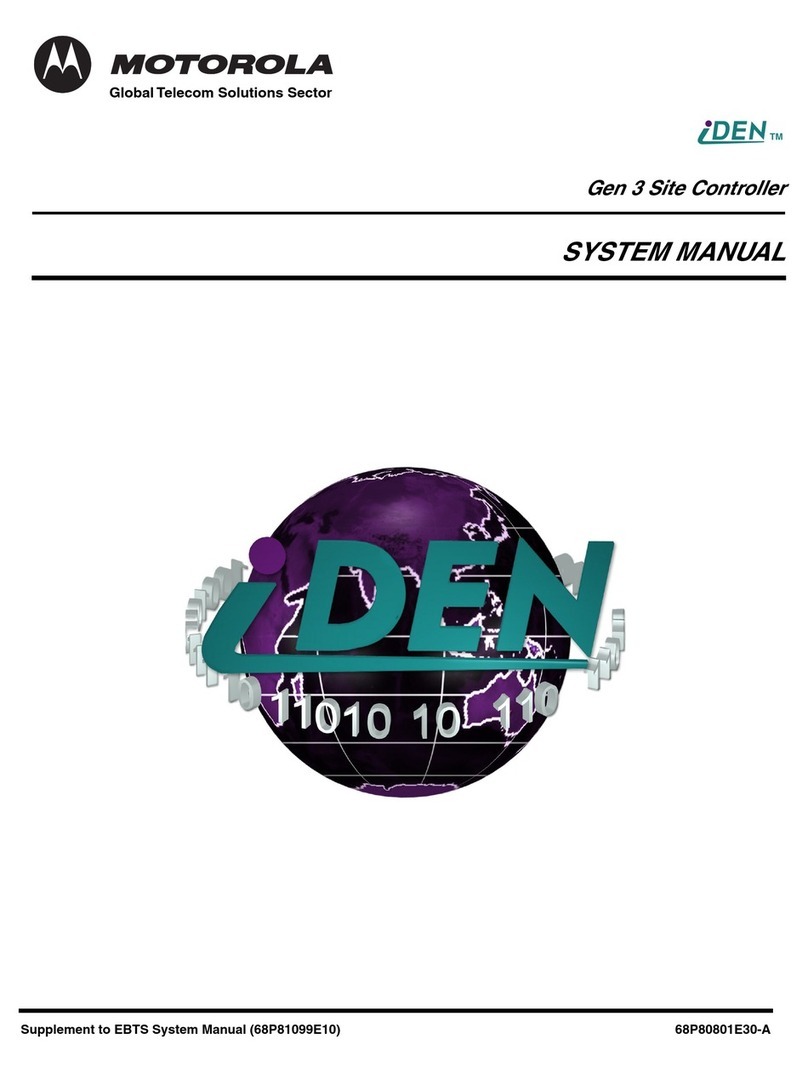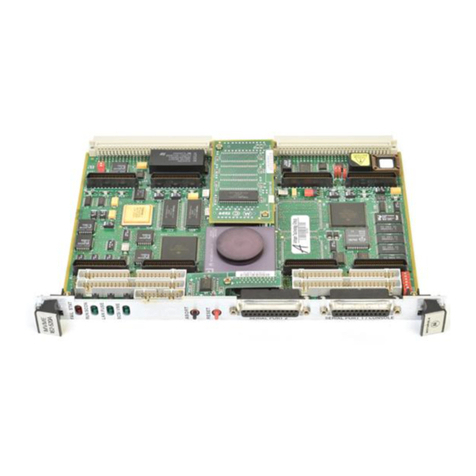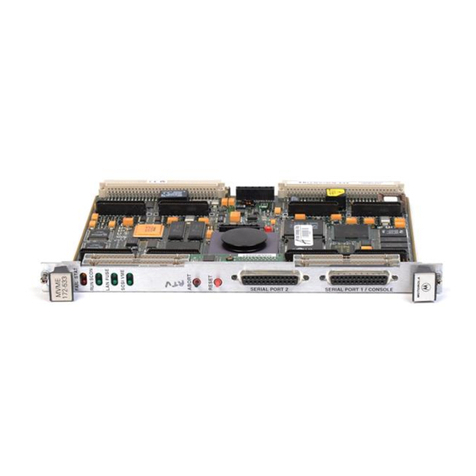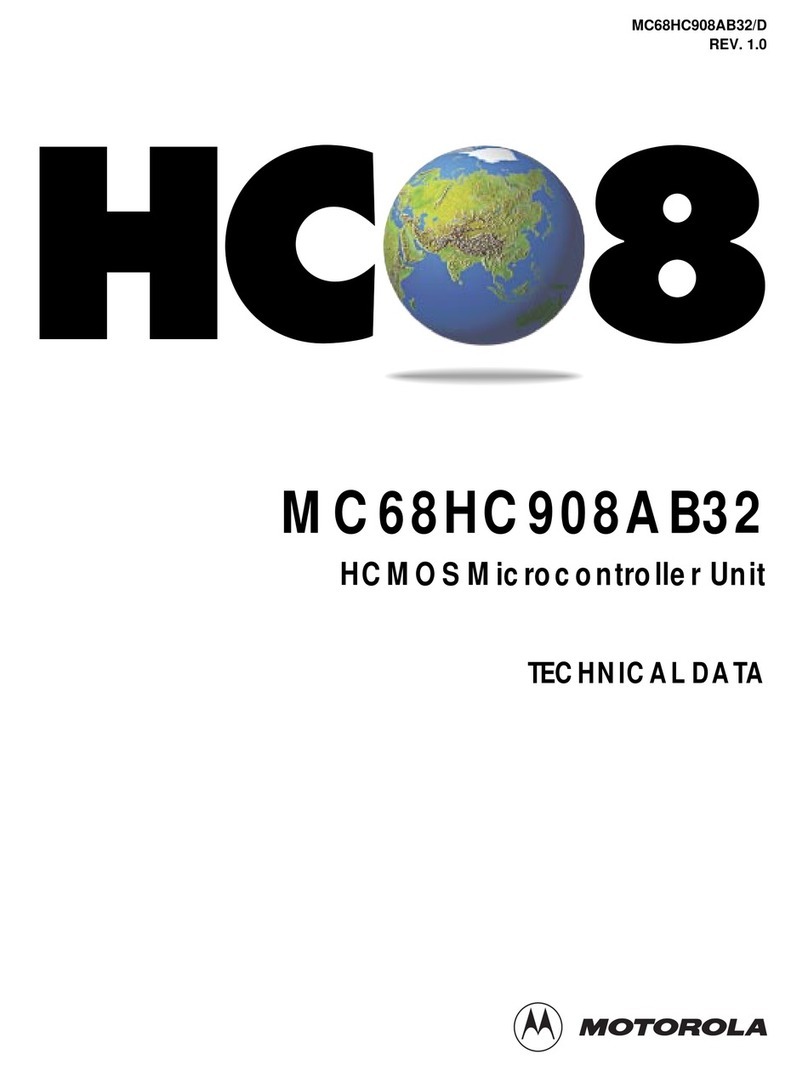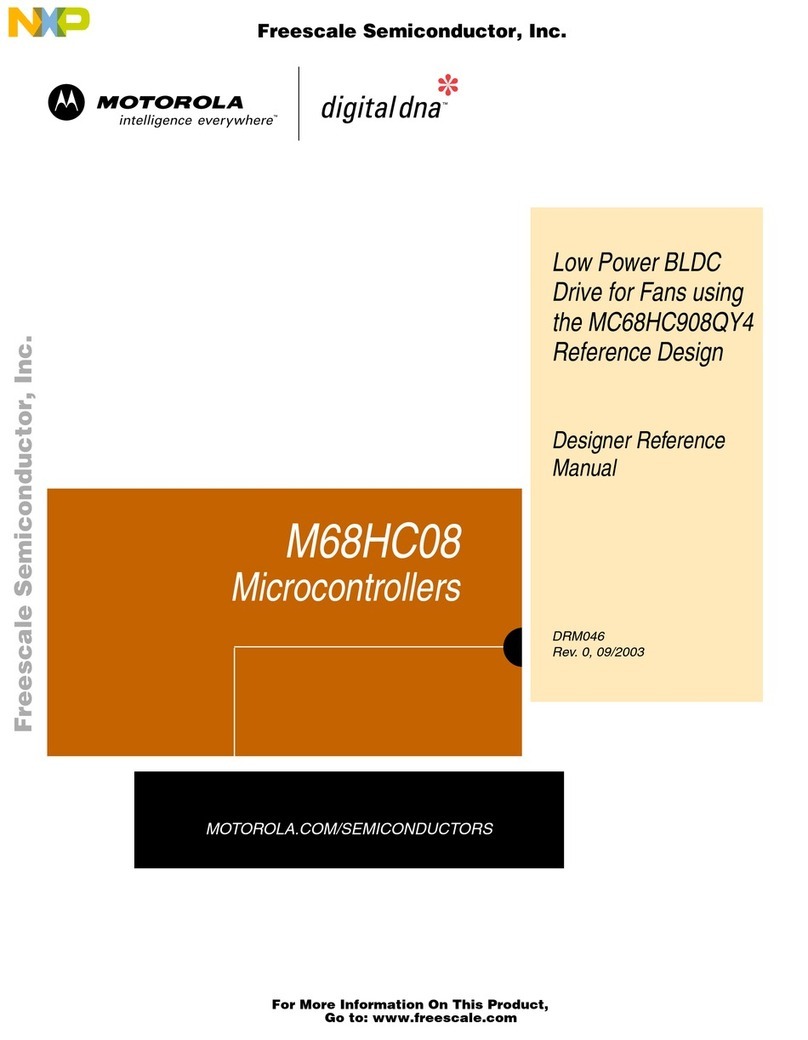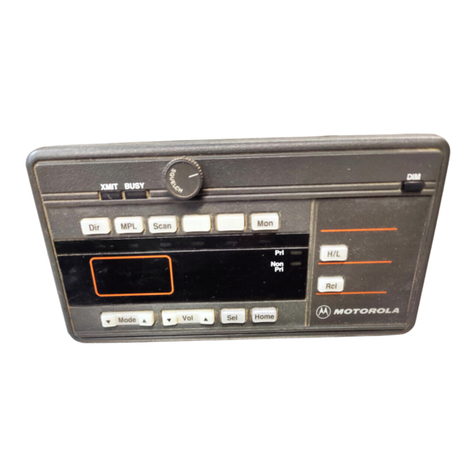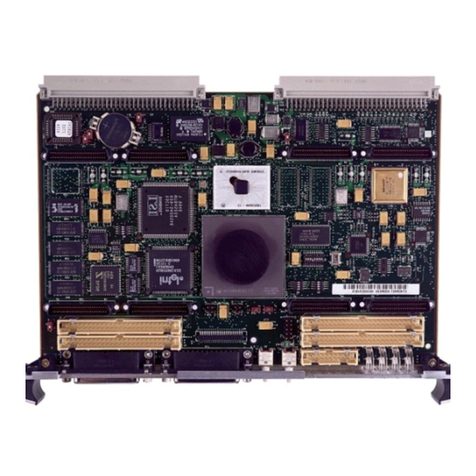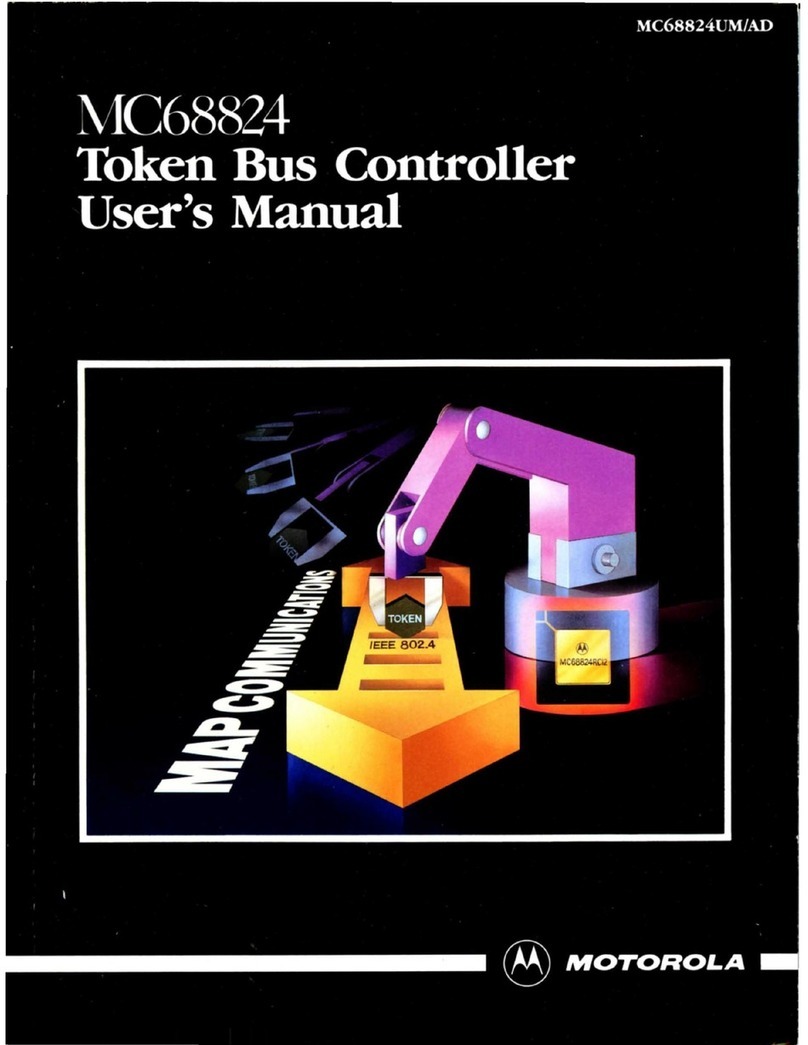
ix
ASICs..................................................................................................................4-3
Block Diagram...........................................................................................................4-4
Functional Description...............................................................................................4-4
Data Bus Structure..............................................................................................4-4
Microprocessor ...................................................................................................4-6
MC68xx040 Cache......................................................................................4-6
No-VMEbus-Interface Option............................................................................4-7
Memory Options.................................................................................................4-7
DRAM .........................................................................................................4-7
SRAM..........................................................................................................4-8
About the Battery.........................................................................................4-9
EPROM and Flash Memory......................................................................4-10
Battery-Backed-Up RAM and Clock................................................................4-11
VMEbus Interface and VMEchip2...................................................................4-12
I/O Interfaces ....................................................................................................4-12
Serial Communications Interface ..............................................................4-12
IndustryPack (IP) Interfaces......................................................................4-16
Ethernet Interface ......................................................................................4-16
SCSI Interface............................................................................................4-17
SCSI Termination......................................................................................4-17
Local Resources................................................................................................4-18
Programmable Tick Timers.......................................................................4-18
Watchdog Timer........................................................................................4-18
Software-Programmable Hardware Interrupts...........................................4-19
Local Bus Timeout ....................................................................................4-19
Local Bus Arbiter..............................................................................................4-20
Connectors........................................................................................................4-20
Remote Status and Control........................................................................4-20
CHAPTER 5 Pin Assignments
Connector Pin Assignments.......................................................................................5-1
IndustryPack A, B, C, D Connectors.........................................................................5-1
Remote Reset Connector - J6.....................................................................................5-3
Serial Port Module Connector - J15...........................................................................5-3
Serial Port 2 Connector - J18.....................................................................................5-4
Serial Port 1/Console Connector - J25.......................................................................5-5
VMEbus Connectors - P1, P2....................................................................................5-6
